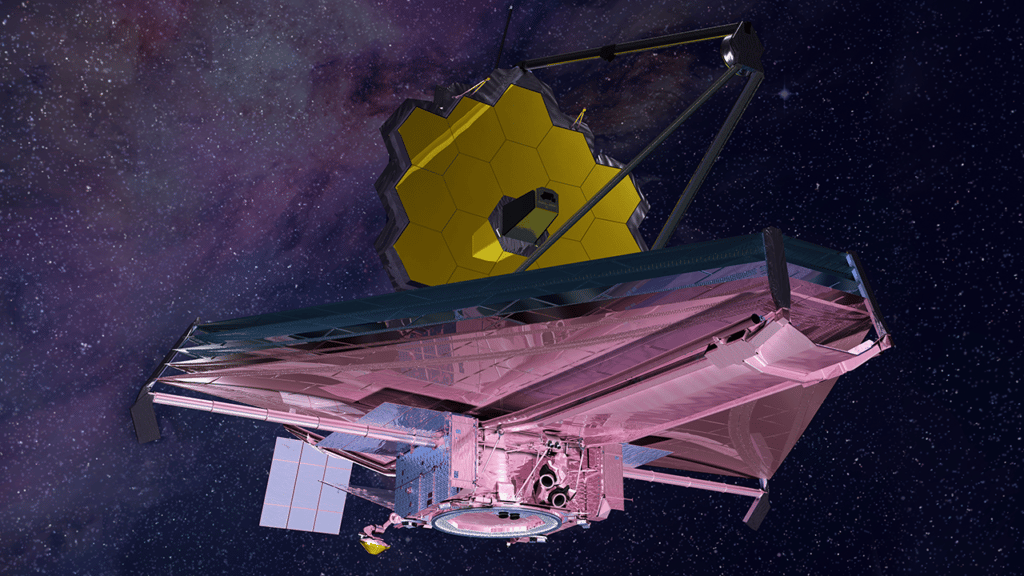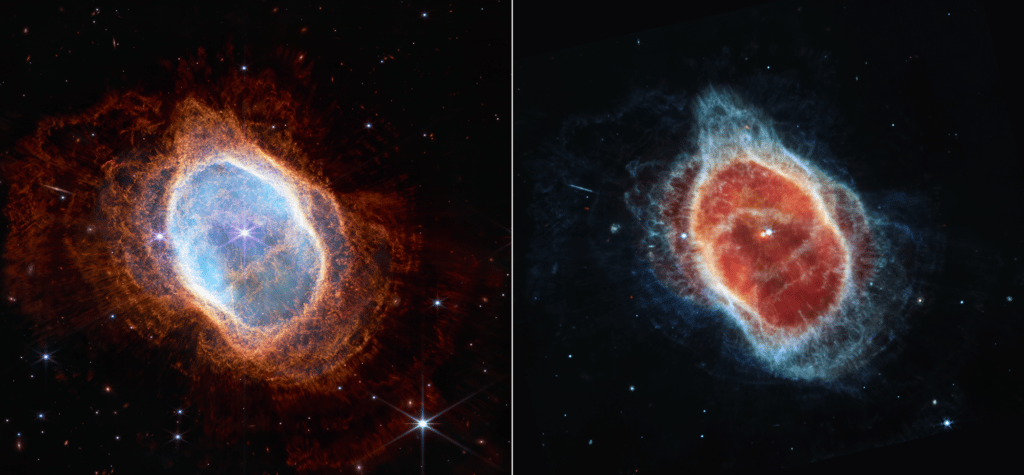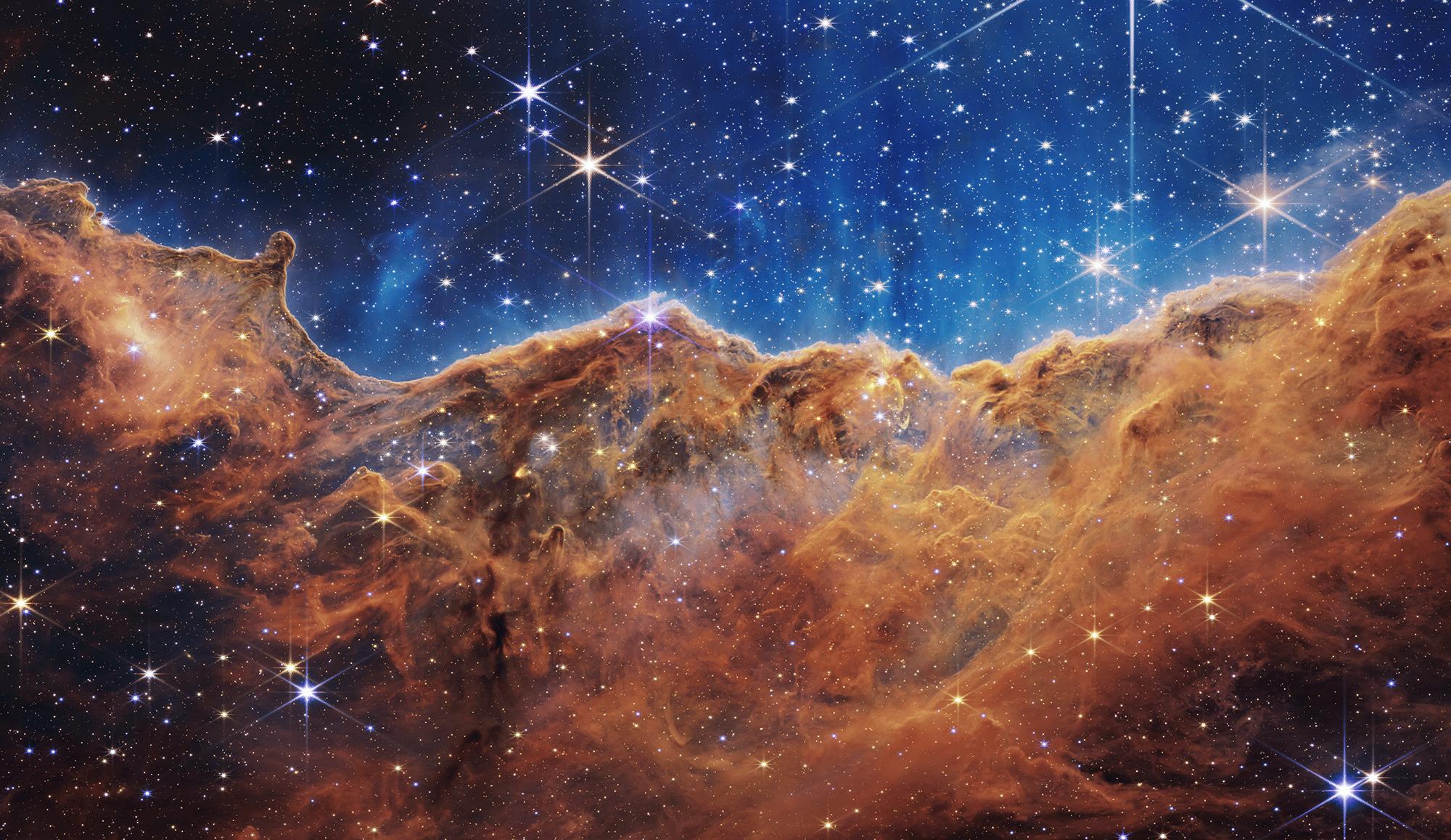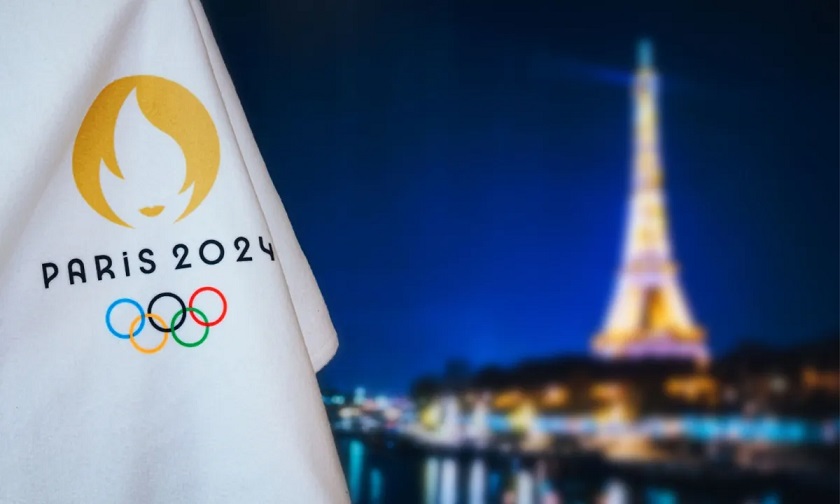Describing the Webb Telescope Images:
Another Way to Explore Strange New Worlds
With images breathtaking enough to evoke Rodenberry-esque levels of space travel inspiration, NASA’s James Webb Space Telescope has been making headlines since its photographic debut. But there’s a lot of work being done to bring space to us earthlings.
Since the launch and release of the first images, much hay has been made over the engineering that has made the current robotic darling of space exploration possible. But efforts to ensure the Webb telescope images can be appreciated by people who are blind or with low vision showcase another way to explore the universe.
Background About the James Webb Space Telescope (JWST)
Launched December 25, 2021, from French Guiana, the telescope is now more than one million miles away, orbiting the sun. Designed to look deeper into space than any other instrument, the Webb telescope mirror measures more than 20 feet across. In order to launch such a large telescope, with such a large mirror, without having to worry about the fuel needed for too much added weight, the mirror was made of ultra-light beryllium and given a spiffy gold coating to maximize the reflection of infrared light. The mirror also is made up of several smaller hexagonal mirrors that enables it to be collapsible and expand upon reaching its position.

The reflection of infrared light is what makes the Webb telescope images so clear: infrared images mean they aren’t clouded by dust or gas. While the clear images delighted many, scientists wanted to make the images something everyone could enjoy. Enter image descriptions. Scientists at the Space Telescope Science Institute (STScI) have been working to vividly describe every image the telescope relays to earth.
Accessibility with Image Descriptions
Image description, or alt text, is nothing new or exclusive to the Webb telescope images or the STScI. Established and normalized in part by the Web Content Accessibility Guidelines (WCAG), alt text and image descriptions are what make images accessible to people who are blind or with low vision. They can be used to provide valuable information about the content of an image, as well as to help describe the context in which the image is being used. For example, an image description for a photo of a person might include information about their appearance as well as any actions they are performing in the image. In addition, image descriptions can be used to supply directional information, such as when an image is being used to represent a map or diagram.
Describing the JWST Images
In the case of the descriptions for the James Webb Space Telescope images, the goal was to both accurately describe the images in great detail and make the detailed descriptions easier to digest. By using structured text with headings, users are able to jump to different spots within an extended image description so as to replay a single detail as opposed to listening to the entire image description all over again.
Careful thought also was given to the terminology used in the image descriptions. While everyday images featuring dogs or cars can rely on most people having encountered at least one dog or car in their lifetime, more specific or technical jargon that astronomers use might not be as readily understood. For example, the text description of the Southern Ring Nebula compared the pattern of the nebula’s shell to that of a “cut citrus fruit.”
Working brief definitions of terms like “nebula” or “star cluster” into the description itself also offers a chance for an increased understanding of what the images look like. It also offers more chances for a better understanding of what the different objects in our universe are and what they do in space.

Why Greater Accessibility Can Fuel Greater Research and Exploration
According to the World Health Organization, at least 2.2 billion people globally are blind or experience some degree of lowered vision. If images aren’t described in a way that makes them accessible, that’s a lot of people potentially excluded from being able to take part in scientific research the same way other individuals can. And that’s a lot of perspectives, ideas, and innovations we could be missing out on, simply due to a lack of accessibility.
Reaching for the Stars
Every day, VITAC provides accessibility services like captioning and audio description. Recently, VITAC captioned a live event, sponsored by the American Council for the Blind (ACB), featuring STScI scientists discussing their process and reasoning for creating descriptions for the James Webb Space Telescope images. Their discussion on making science and education more inclusive and accessible is a reminder to us all to continue to build accessibility into our everyday lives here on Earth, even as we continue to reach for the stars.




